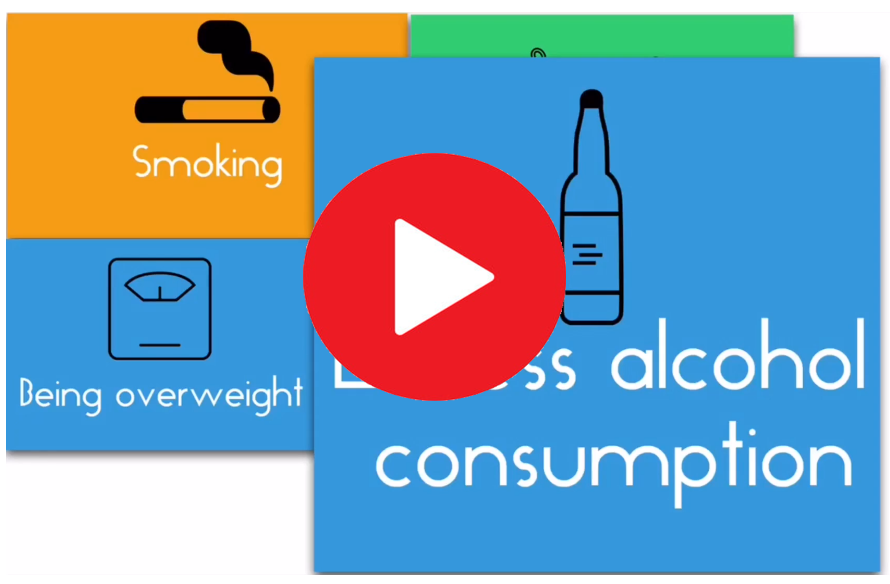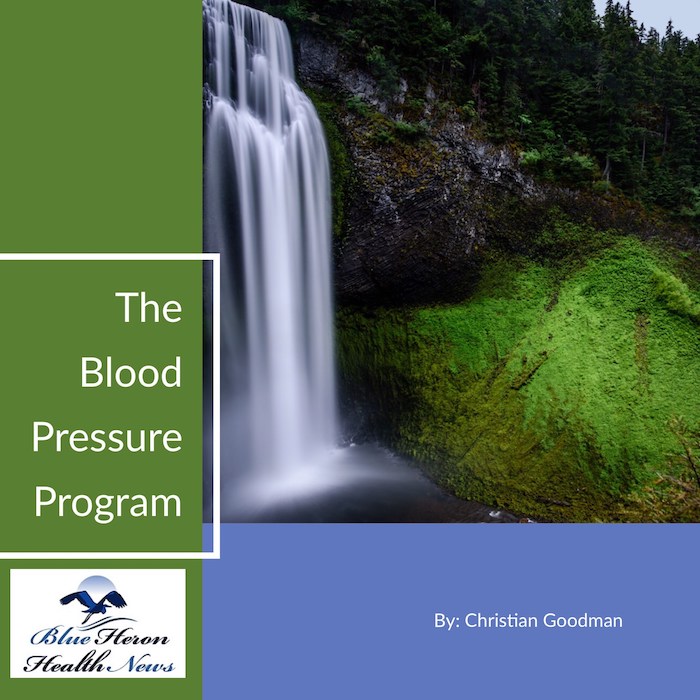The Bloodpressure Program™ By Christian Goodman The procedure is a very basic yet effective method to lessen the effects of high blood pressure. To some people, it sounds insane that just three workouts in a day can boost fitness levels and reduce blood pressure simultaneously. The knowledge and research gained in this blood pressure program were really impressive.
Blood Pressure Medications and Drug Interactions
Managing blood pressure with medications requires careful consideration of potential drug interactions, as they can significantly impact the effectiveness and safety of treatment. Here’s an in-depth exploration of blood pressure medications and their interactions:
1. Overview of Blood Pressure Medications
- Diuretics: Often the first line of treatment for hypertension. They help the kidneys remove sodium and water, reducing blood volume.
- ACE Inhibitors (Angiotensin-Converting Enzyme Inhibitors): They prevent the formation of angiotensin II, a substance that narrows blood vessels, thus lowering blood pressure.
- ARBs (Angiotensin II Receptor Blockers): These block the action of angiotensin II, leading to vasodilation and decreased blood pressure.
- Calcium Channel Blockers: These prevent calcium from entering the heart and blood vessel walls, leading to relaxation and lowered blood pressure.
- Beta-Blockers: They reduce the heart rate and the heart’s output of blood, which lowers blood pressure.
- Alpha-Blockers: These reduce nerve impulses that tighten blood vessels, allowing blood to flow more easily.
- Central Agonists: These decrease the blood vessels’ ability to contract by reducing the nerve impulses that cause vasoconstriction.
- Vasodilators: These directly relax the blood vessels, reducing blood pressure.
- Renin Inhibitors: These inhibit renin, an enzyme involved in the production of angiotensin I, thereby lowering blood pressure.
2. Common Drug Interactions with Blood Pressure Medications
- Diuretics:
- NSAIDs (Nonsteroidal Anti-Inflammatory Drugs): These can reduce the effectiveness of diuretics and other antihypertensive drugs by causing sodium and fluid retention.
- Lithium: Diuretics can decrease the renal clearance of lithium, leading to lithium toxicity.
- Corticosteroids: When combined with diuretics, they may increase the risk of hypokalemia (low potassium levels).
- ACE Inhibitors and ARBs:
- Potassium Supplements and Potassium-Sparing Diuretics: These combinations can increase the risk of hyperkalemia (high potassium levels).
- NSAIDs: These may reduce the antihypertensive effects of ACE inhibitors and ARBs and increase the risk of kidney damage.
- Lithium: Similar to diuretics, ACE inhibitors and ARBs can increase lithium levels, raising the risk of toxicity.
- Aliskiren: This direct renin inhibitor, when combined with ACE inhibitors or ARBs, can lead to severe side effects like hyperkalemia and kidney damage, especially in patients with diabetes.
- Calcium Channel Blockers:
- Grapefruit Juice: It can increase the concentration of calcium channel blockers in the bloodstream, leading to an excessive drop in blood pressure.
- Beta-Blockers: Combining these can lead to an excessive decrease in heart rate and blood pressure.
- Macrolide Antibiotics (e.g., erythromycin): These can increase the levels of calcium channel blockers, heightening the risk of side effects.
- Beta-Blockers:
- Other Antihypertensives: Combining with other blood pressure medications can lead to an additive effect, causing hypotension (low blood pressure) or bradycardia (slow heart rate).
- Antidiabetic Drugs: Beta-blockers can mask the symptoms of hypoglycemia, making it difficult for diabetic patients to recognize low blood sugar levels.
- NSAIDs: These may reduce the effectiveness of beta-blockers.
- Clonidine: When combined with beta-blockers, abrupt withdrawal of clonidine can lead to a dangerous increase in blood pressure.
- Alpha-Blockers:
- Phosphodiesterase-5 Inhibitors (e.g., sildenafil): This combination can lead to severe hypotension.
- Other Antihypertensives: As with beta-blockers, combining these can result in excessive blood pressure lowering.
- Central Agonists (e.g., Clonidine):
- Beta-Blockers: Stopping clonidine suddenly while on a beta-blocker can cause a hypertensive crisis. This is because beta-blockers may enhance the rebound hypertension seen with clonidine withdrawal.
- Tricyclic Antidepressants: These can reduce the efficacy of central agonists, leading to increased blood pressure.
- Vasodilators:
- Other Antihypertensives: Combining vasodilators with other antihypertensives can lead to a significant drop in blood pressure, resulting in dizziness or fainting.
- NSAIDs: As with other antihypertensives, NSAIDs may blunt the blood pressure-lowering effects of vasodilators.
- Renin Inhibitors:
- ACE Inhibitors and ARBs: As mentioned earlier, this combination increases the risk of serious side effects like hyperkalemia and kidney damage.
- Potassium-Sparing Diuretics: These can lead to an increased risk of hyperkalemia when used with renin inhibitors.
3. Special Considerations in Drug Interactions
- Polypharmacy: Elderly patients or those with multiple chronic conditions often take several medications simultaneously, increasing the risk of drug interactions. Regular review of the patient’s medication list is crucial to avoid adverse interactions.
- Over-the-Counter Medications and Supplements: Patients should be advised to inform their healthcare provider about all OTC medications and supplements they are taking, as these can interact with prescription antihypertensives.
- Renal and Hepatic Function: Impaired kidney or liver function can affect drug metabolism and excretion, leading to drug accumulation and increased risk of interactions.
- Lifestyle Factors: Diet (e.g., high potassium intake), alcohol consumption, and smoking can all interact with blood pressure medications. For instance, alcohol can potentiate the blood pressure-lowering effects of some medications, leading to hypotension.
4. Monitoring and Management of Drug Interactions
- Regular Blood Pressure Monitoring: Patients on antihypertensives should have their blood pressure monitored regularly to detect any significant changes that might indicate a drug interaction.
- Laboratory Tests: Regular blood tests to monitor electrolyte levels, kidney function, and drug levels (where applicable) are essential for patients at risk of drug interactions.
- Patient Education: Educating patients about the importance of adherence to prescribed medications, the risks of self-medication, and the need to communicate all medications they are taking to their healthcare provider is vital.
- Adjustment of Medication Regimens: Based on the patient’s response and the presence of any side effects or interactions, medication regimens may need to be adjusted. This can include dose adjustments, switching to alternative medications, or implementing a stepwise approach to adding new medications to minimize interactions.
Conclusion
The management of hypertension with medications involves not only selecting the appropriate drug but also carefully considering potential drug interactions. These interactions can impact the effectiveness of the treatment and pose significant risks to the patient’s health. A thorough understanding of the pharmacology of antihypertensive drugs, combined with regular monitoring and patient education, is essential in optimizing blood pressure control and minimizing adverse effects.

The Bloodpressure Program™ By Christian Goodman The procedure is a very basic yet effective method to lessen the effects of high blood pressure. To some people, it sounds insane that just three workouts in a day can boost fitness levels and reduce blood pressure simultaneously. The knowledge and research gained in this blood pressure program were really impressive.
